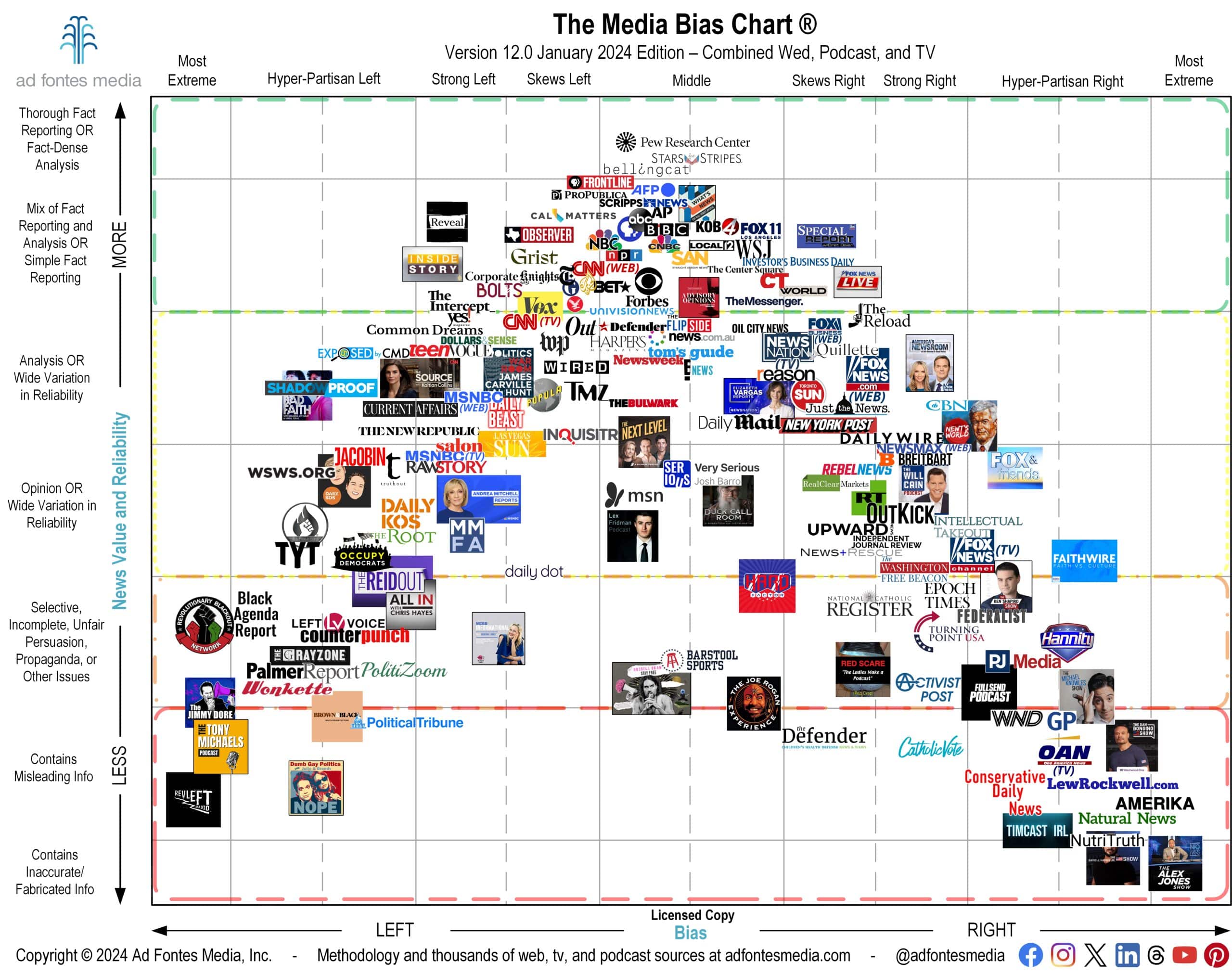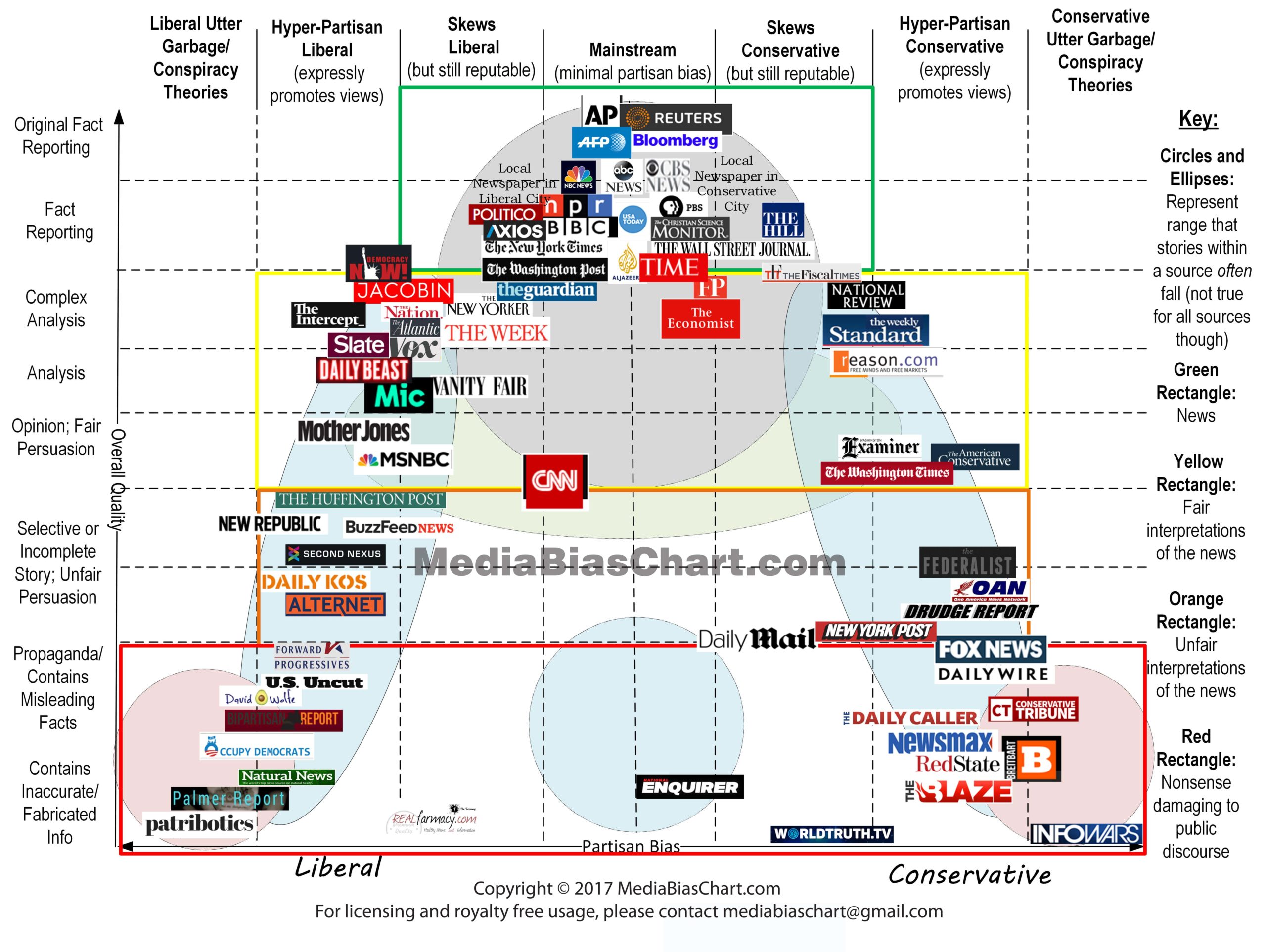
As we approach the Spring 2025 semester, students of Political Science are gearing up to delve into the complex and fascinating world of media bias under the guidance of Prof. Blanchard. In today's digital landscape, where information is readily available at our fingertips, it's more crucial than ever to understand the role of media in shaping public opinion and influencing political discourse. In this article, we'll explore the concept of media bias, its implications, and why it's an essential topic of study in the field of Political Science.
What is Media Bias?
Media bias refers to the presentation of information in a way that is skewed or distorted to promote a particular ideology, agenda, or viewpoint. This can manifest in various forms, including
selection bias, where certain stories or facts are selectively reported or omitted, and
confirmation bias, where information is presented in a way that confirms pre-existing beliefs or attitudes. Media bias can be intentional or unintentional, and it can have significant consequences for public perception and decision-making.
Types of Media Bias
There are several types of media bias, including:
Partisan bias: This type of bias occurs when media outlets favor one political party or ideology over another.
Ideological bias: This type of bias occurs when media outlets promote a particular ideology or worldview.
Cultural bias: This type of bias occurs when media outlets reflect the cultural values and attitudes of a particular group or community.
Economic bias: This type of bias occurs when media outlets are influenced by economic interests or pressures.
Implications of Media Bias
Media bias has significant implications for democracy and public discourse. When media outlets present biased information, it can:
Influence public opinion: Biased media coverage can shape public opinion and influence voting behavior.
Polarize society: Media bias can contribute to the polarization of society by reinforcing existing divisions and prejudices.
Undermine trust in institutions: Media bias can erode trust in institutions, including government, media, and other social institutions.
Why Study Media Bias in Political Science?
Studying media bias is essential in the field of Political Science because it helps us understand the complex and often subtle ways in which media influences public opinion and political discourse. By analyzing media bias, students of Political Science can gain a deeper understanding of the role of media in shaping democracy and the implications of media bias for public policy and decision-making. Under the guidance of Prof. Blanchard, students in the Spring 2025 semester will have the opportunity to explore these issues in depth and develop critical thinking and analytical skills to evaluate media bias and its implications.
In conclusion, media bias is a critical topic of study in the field of Political Science, and understanding its implications is essential for navigating the complex and often biased media landscape. As we approach the Spring 2025 semester, students of Political Science are poised to delve into this fascinating topic under the guidance of Prof. Blanchard. By exploring the concept of media bias, its types, implications, and significance, students will gain a deeper understanding of the role of media in shaping democracy and the importance of critical thinking and media literacy in the digital age.









